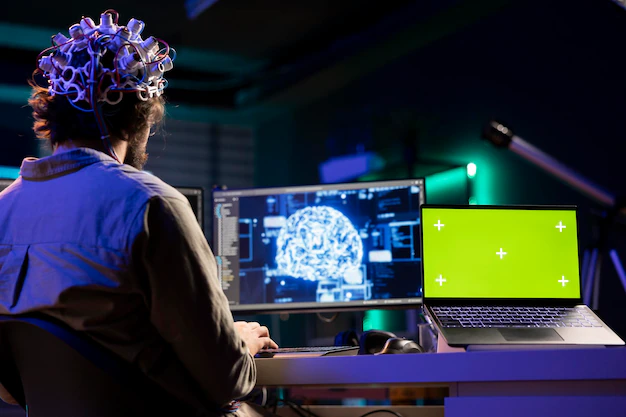Machine learning (ML) has rapidly transformed various industries, and visual design is no exception. By enabling computers to analyze and interpret vast datasets, machine learning opens up new possibilities for designers to streamline workflows, enhance creativity, and deliver more impactful visuals. Whether you’re a seasoned designer or just starting, understanding how ML intersects with visual design can unlock opportunities for growth and innovation.
What is Machine Learning in Visual Design?
At its core, machine learning refers to the ability of systems to learn from data without being explicitly programmed. In the realm of visual design, ML algorithms can analyze patterns, identify trends, and even generate unique design elements. For example, AI-powered tools like Adobe Express photo slideshow maker leverage machine learning to simplify complex tasks, making it easier to create stunning visual content in minutes.
Key Applications of Machine Learning in Visual Design
1. Automated Image Enhancement
Gone are the days of manual photo adjustments. Machine learning algorithms can now optimize images by adjusting brightness, contrast, and color balance automatically. Tools like Adobe Lightroom employ ML to suggest edits that align with professional standards, saving time and ensuring consistency.
2. Personalized Design Suggestions
ML-driven platforms analyze user preferences and past behavior to recommend design elements tailored to individual needs. This feature is particularly useful for creating marketing materials, where personalization is key to engagement. For instance, an AI tool might suggest specific fonts, layouts, or colors that resonate with your target audience.
3. Content-Aware Design
One of the most exciting applications of ML is content-aware design. Algorithms can intelligently fill gaps, remove unwanted elements, or resize images without compromising quality. This capability empowers designers to focus on creativity rather than tedious edits.
Benefits of Machine Learning for Designers
Enhanced Efficiency
Machine learning automates repetitive tasks, allowing designers to focus on more strategic and creative aspects of their work. From generating mockups to resizing assets for various platforms, ML reduces time spent on mundane activities.
Improved Creativity
With AI tools generating unique design ideas and suggesting improvements, designers can explore creative possibilities they might not have considered otherwise. This collaborative approach enhances the overall quality of the final product.
Data-Driven Decisions
ML tools provide insights based on data, helping designers understand what works and what doesn’t. For example, analyzing user interactions with a website can reveal which visual elements drive engagement, enabling more informed design choices.
Challenges of Integrating Machine Learning in Visual Design
While the benefits are immense, integrating ML into visual design comes with its own set of challenges:
- Learning Curve: Understanding how to effectively use AI-powered tools requires time and training.
- Cost: High-end ML tools can be expensive, posing a barrier for freelancers or small businesses.
- Ethical Concerns: Designers must navigate issues related to copyright and originality when using AI-generated content.
Real-World Examples of Machine Learning in Visual Design
- Canva: This popular design platform uses ML to suggest templates and design elements, streamlining the creative process for users of all skill levels.
- Prisma: An app that transforms photos into artwork using machine learning, allowing users to apply styles inspired by famous artists.
- Runway ML: A creative suite that empowers designers to experiment with machine learning models for tasks like object recognition and video editing.
Getting Started with Machine Learning in Visual Design
If you’re new to integrating ML into your design workflow, here are some actionable steps to get started:
- Explore AI-Powered Tools: Experiment with platforms like Adobe Express, Canva, or Figma to familiarize yourself with AI-driven features.
- Invest in Learning: Take online courses or attend workshops to deepen your understanding of machine learning concepts and their applications.
- Collaborate: Join design communities to learn from peers who are already leveraging ML in their work.
- Stay Updated: Follow industry trends to stay informed about new tools and techniques that can enhance your designs.
Conclusion
Machine learning is revolutionizing visual design by automating tasks, enhancing creativity, and enabling data-driven decisions. While there are challenges to adopting ML, the benefits far outweigh the drawbacks, making it a valuable asset for designers seeking to stay ahead in a competitive industry. By embracing AI-powered tools and continually learning, you can unlock new possibilities and elevate your design game to the next level.



